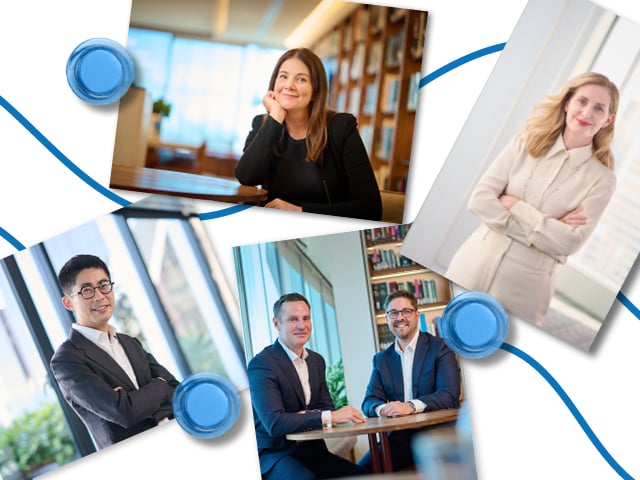About Ian Lindsay
Ian is a registered patent attorney in Australia, New Zealand, the UK and under the European Patent Convention and a registered Australian and European trade mark attorney.
Ian specialises in the physics, software and electronics patent subject matter areas, with a particular focus on optics, AI, software and printing. Ian has particular expertise in managing large international IP portfolios, running Australia and European oppositions, setting IP Policy and strategy and drafting patent application in a worldwide framework.
Ian worked in-house for four years as an Intellectual Property Manager for a significant Australian innovator in currency manufacture, setting up the IP department, building an IP Team, developing an IP strategy and fostering Intellectual Property knowledge and capture within the business. Ian's IP and technology expertise within the business led to the integration of IP processes in the R&D framework as well as being a key technical contributor.
As a result, Ian has an in-depth appreciation of the key drivers behind client decisions and understands the importance of clear communication, an understanding of potential costs and responsiveness.
Ian's patent practice experience includes:
- drafting and prosecuting Australian and overseas patent applications for a variety of clients;
- conducting patent oppositions before the Australian and European Patent Offices (approximately 50 Australian Patent Oppositions and 50 European Patent Oppositions);
- providing freedom-to-operate, due diligence and validity and infringement advice;
- providing advice on the patentability of inventions and the patent landscape; and
- developing commercial IP strategies.
Ian's technology experience includes:
- micro-optics, including lenses, moiré devices, diffraction gratings and, particularly, high speed forming of micro-optics for the security industry; and commercial security printing and related systems, particularly Gravure, Intaglio and Offset printing;
- X-Ray metrology, particularly for the inspection of silicon wafers;
- communication, particularly, optical fiber networks and micro cells for cellular phone networks (IP based);
- artificial intelligence systems, particularly machine learning through neural networks; and
- software systems, particularly the patenting of software systems in various jurisdictions around the world.





